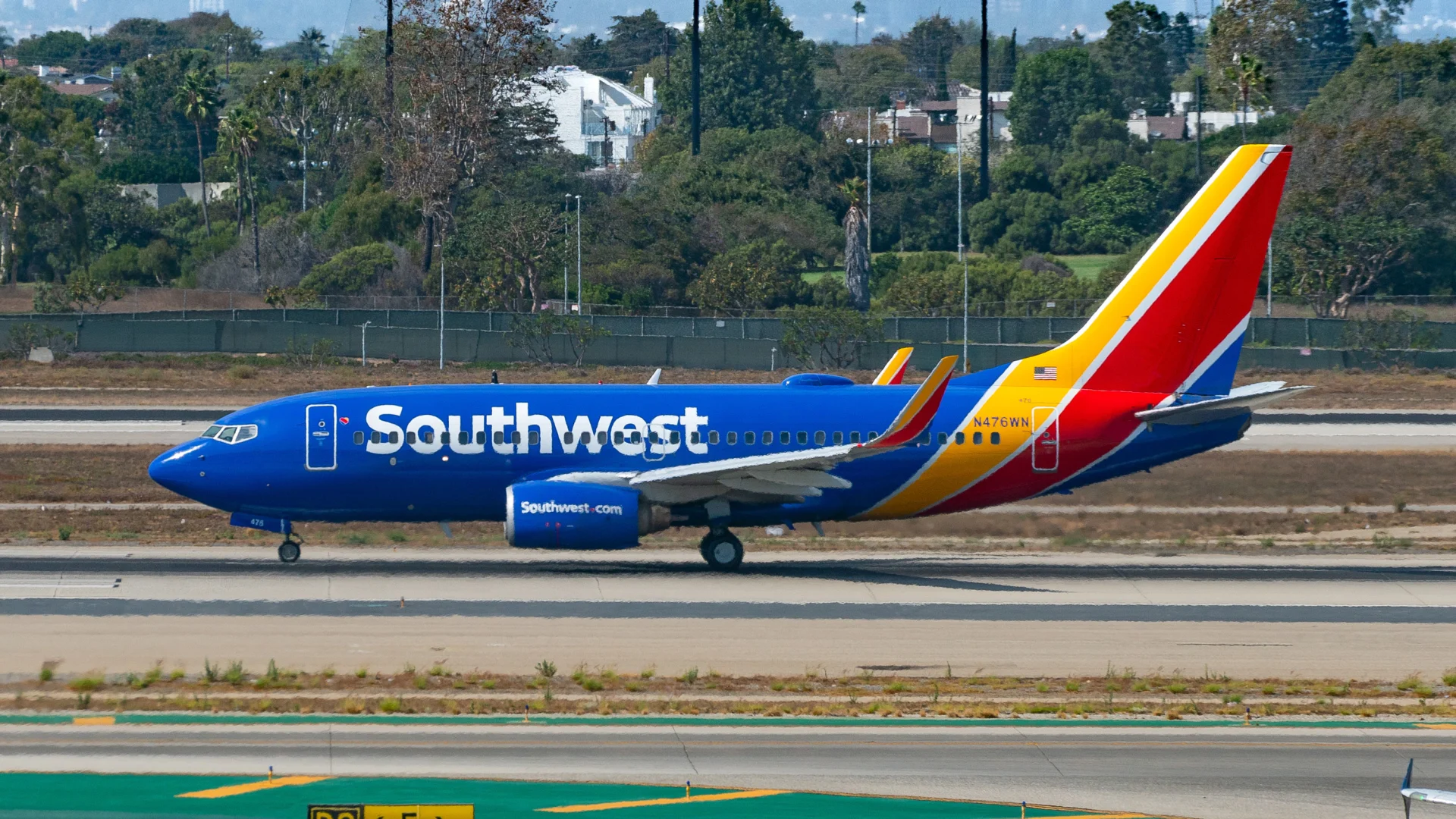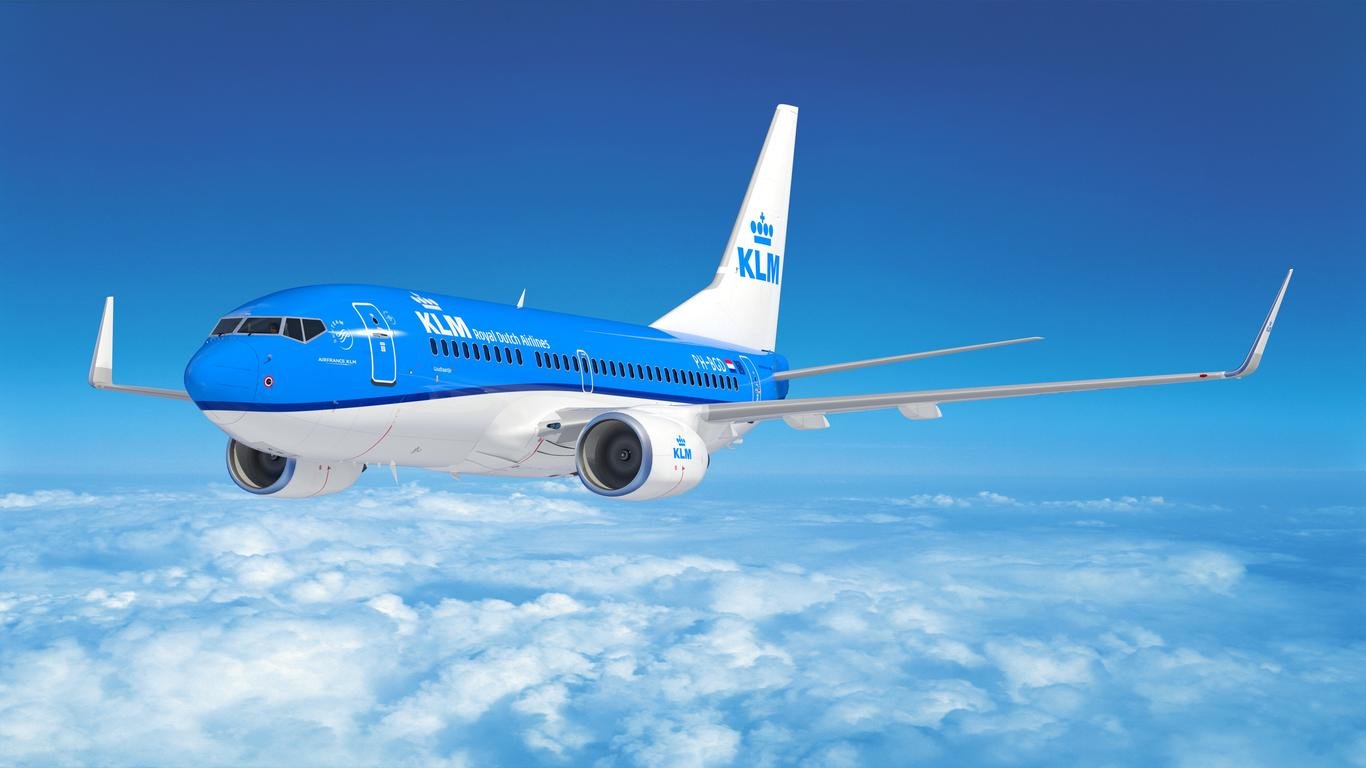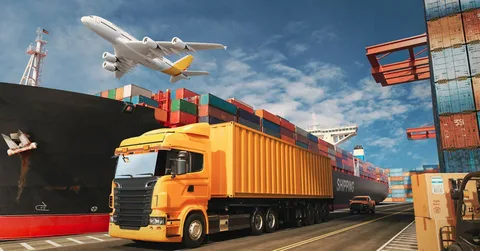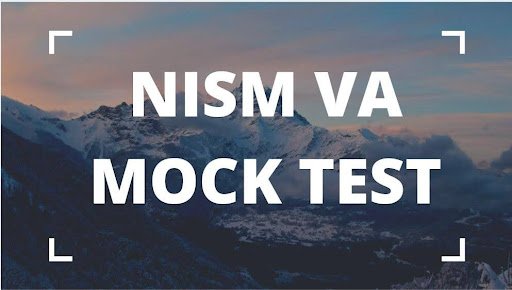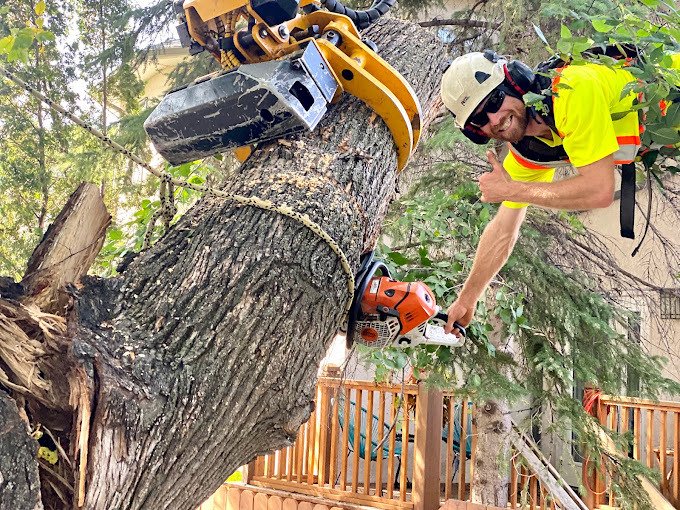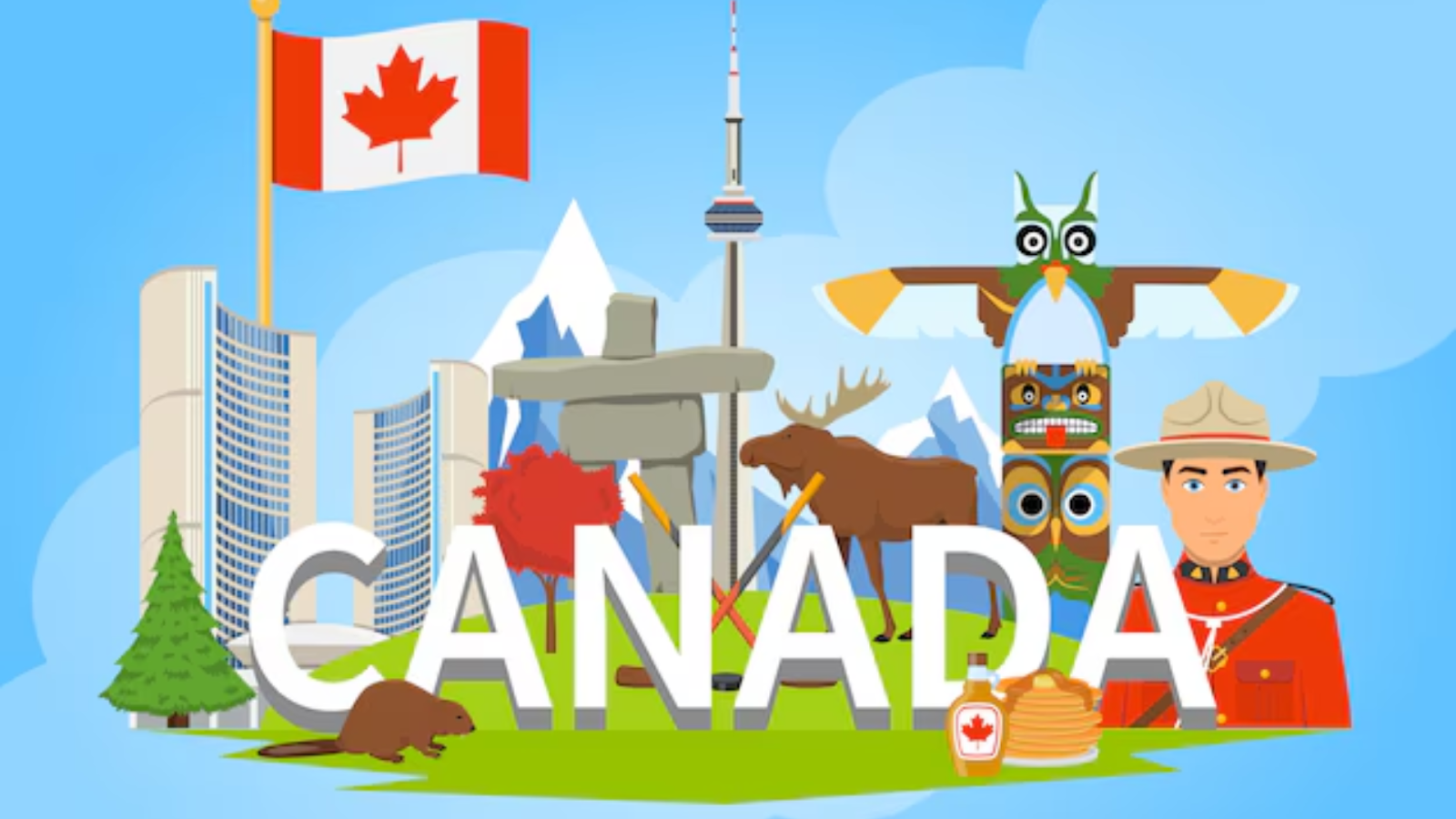
Are you travelling to Canada? Then, you must be excited about your trip. But let’s be honest- landing in a new country unprepared can be a nightmare. You don’t wanna arrive and then realise, “Oh, I forgot this!!” At that time, you think,” I wish I had prepared a list in advance.”
So, to save you from this last-minute chaos, here are the seven must-haves to make your trip smooth and enjoyable.
1. Stay Connected With a Canada Travel eSIM
One of the first things you’ll want to sort out before you travel is how to stay connected. Instead of worrying about international roaming charges or buying a local SIM card, consider a Canada travel eSIM from providers like NumeroeSIM. An eSIM is a digital SIM card that lets you use mobile data without changing your physical SIM card. It’s quicker to activate, and you can easily manage it from your phone.
Using a Canada data eSIM, avoid extra roaming fees and get reliable internet. This is essential for navigation, communication, and sharing your adventure online.
2. Travel Documents You Need
Make sure your travel documents are in order before you travel to Canada. Here is what you’ll need:
- Valid passport with atleast six months’ validity.
- Electronic Travel Authorization (eTA) for visa-exempt countries or a visa if required.
- Digital copies of travel itinerary, accommodation reservations, and return tickets.
3. Be prepared for Weather
Canada is known for its extreme weather, especially in Winter. To make sure you’re comfortable, check the forecast before planning your trip:
- Winter: Mostly, January and February are the coldest months. The temperature typically ranges between -2℃ and -10℃ with an average of -6℃, but with wind, it can often feel like -20℃.
- Summer: June and July are Canada’s hottest months, with temperatures ranging from 25℃ to 30℃. Moreover, the interior locations occasionally exceed 40℃.
- Fall: Temperatures can change quickly from day to day but average around 20℃ in September to 5℃ in November.
- Rainy: The Canadian region experiences an average of 7 days yearly.
So, pack your clothes accordingly.
4. Money and Payments
Canada uses the Canadian Dollar (CAD), and you’ll likely need cash for small purchases. However, most places accept credit cards or debit cards.
| Insider Tips You can exchange money at the airports or banks, but the rates might not be the best.Visa and MasterCard are widely accepted. Tipping is common in Canada. A 15-20% tip is expected in restaurants, depending on the service. |
5. Public Transportation and Getting Around
Canada has great public transportation, especially in major cities. If you’re visiting Vancouver, Toronto, or Montreal, you can use buses, subways, and trains to get around easily.
6. Download Helpful Apps for your Trip
Downloading a few apps before your trip can save a lot of time and stress. Some useful apps include:
✔Google Maps
✔Uber
✔Weather Apps
7. Know How to Handle Emergencies
While Canada is generally safe, preparing for emergencies is still a good idea. Here is what you need to know:
Emergency Number: Dial 911 for police, fire, or medical emergencies nationwide.
Healthcare: Canada’s healthcare is excellent but not free for tourists. Make sure you have travel insurance to cover any medical costs.
Conclusion
Planning for your trip to canada doesn’t have to be stressful. You’ll be ready for a smooth and enjoyable visit by sorting out your things.
So, with this guide, you are ready for your trip!!
Happy Journey!
